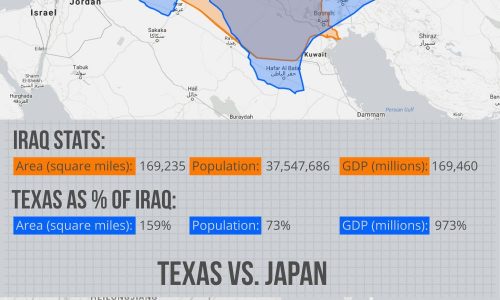
At a quick glance, a lower age of consent for sex seems to correlates somewhat with lower teen pregnancy rates. A close look at the developed parts of the world will show that it is actually sex education and access to contraception that attributes to lowered pregnancy rates and whether parents need to get that baby gear ready. The first-world-countries with lower ages of consent usually have a more rigorous standard for healthy sex education and contraception access.
Looking at countries like China and India throws us for a loop though. With similar populations and geographic placement their pregnancy rates couldn’t be more different. China has had stringent one-child-policies for a while now. This lead to the unfortunate increase in abortions of female fetuses. China’s policies and attitudes are changing for the better now – and they’re able to keep teen pregnancy at bay as well. India on the other-hand has had extreme population booms the last few decades much attributed to the lack of sex education and contraception for small village populations.
The USA isn’t much better – our age of consent varies state by state. Sometimes as low as 14 years of age, other 18. Our sex education and contraception access also varies drastically across state lines. Some states have almost outright abandoned abortion access, and supply no help for young women on contraception costs.
What today’s infographic does tell us is that teen pregnancy is a health hazard for both mother and child. Access to education and medicine are crucial to keep women healthy no matter their county’s poverty level. [Via]





